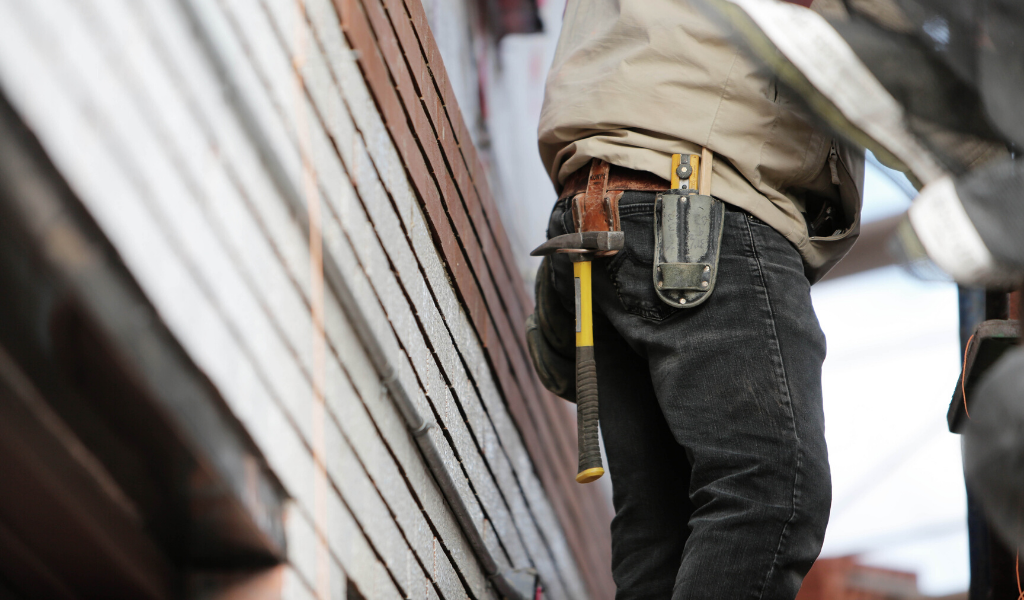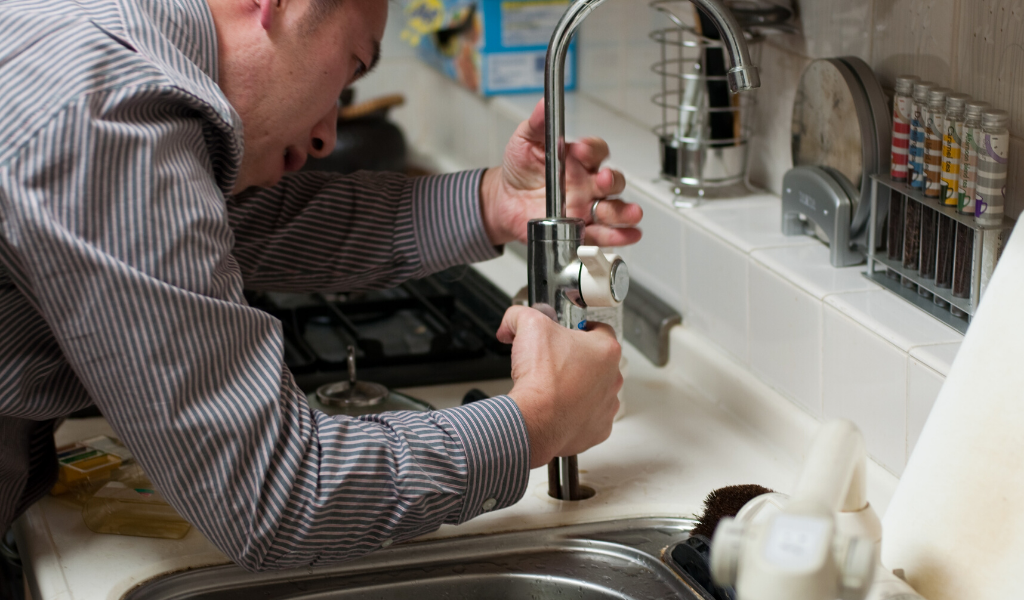So you’ve bought your property in India and you love it – now it’s time to make some money! How do you find a great tenant for your property and manage it from afar? How do you protect yourself and your property from losses?
I’ve been through this process a few times now, and it’s really not very difficult. When you invest in Indian real estate, you’ll make a lot of money if you do things the right way. Here’s my guide for how to manage an Indian real estate investment.
If you want to find out more about real estate in India, then I also recommend the below articles:
-
How to invest in Indian Real Estate. A step by step guide
-
How to finance a property purchase in India
-
What documents do you need to buy property in India?
-
Why invest in Indian real estate? It’s an historic opportunity
If you want to get notified of my new content, then please follow me on Twitter and sign up to my email list.
Most real estate investors want the same type of tenant. We want a professional tenant who pays on time, and spends most of the day outside of the house. Historically, there’s been less of these tenants in India. Up unto 2000, India was still an agriculture-based economy with few white collar jobs.
This has changed and changed fast! When you invest in Indian real estate, you can expect to find a high calibre tenant for your property. India is the IT capital of the world, and multinational companies are flooding into the country. I provide more details about this here, where I explain why Indian real estate investment has fantastic potential. The upshot is that there’s millions of professionals that need somewhere to live – hopefully in your property.
To find a great tenant, you’ll need to work with a good estate agent. If you read my articles, you’ll have seen that I say this a lot! Most of the estate agents in India are of poor quality – so it’s vital to find a good one. You want someone that speaks English and is used to dealing with professional tenants. You also want someone that’s well connected and can utilise his network to find tenants. This is really important, as the process of finding tenants is still done offline. There are websites like Magic Bricks and 99 Acres, but many of the listings on these sites are fake.
If you have a property in Mumbai, then this is something I can help with. I work with a network of professionals on the ground, including estate agents. These are people that I’ve worked with and trust. If you want to find more about my service, go to this page and set up a free call.
Once you find a tenant, make sure to check their background. Find out who they work for, and make sure to view their bank statements. How much salary is coming into their account? Can they really afford the rent?
In my experience in Mumbai, furnishing your property is a low risk, high return strategy. In fact, I have no idea why most landlords don’t do this. In my view, all landlords that invest in Indian real estate should furnish their property.
When I lived in Mumbai, I saw that over 50% of properties were offered without furniture. Landlords are very reluctant to buy furniture for their apartments. They worry that every time a new tenant comes, they would demand new furniture. Or they would worry about damage to their furniture.
Whatever the reason, this viewpoint is extremely stupid, as furnished properties fetch rent that is 20-25% higher. Also, professional tenants don’t normally want to go to the trouble of buying their own furniture. Other landlords stupidity is your benefit, because there’s a shortage of properties that are furnished well. So make sure you buy decent furniture for your apartment!
I plan on writing an article about how to furnish a rental property in India, but I’ll give a quick preview here. A couple of furniture shops that I’ve used, are Urban Ladder and Pepper Fry. Urban Ladder is higher quality and a little more expensive, although I found both to be good. One downside is that nether shop has the range of furniture that you’ll find at a place like Wayfair. Wayfair operates in Europe and the US, and is where I buy most of my furniture from. They literally have thousands of well priced items on their site. Sadly they’re are not in India yet.
Once you’ve found your tenant, then you need to draw up a leave and licence agreement. This contract provides the legal basis for the tenancy of your property. Your agreement should cover the following things at a minimum:
- The lock in period of the tenancy. This is normally around 1 year
- The expiration of the tenancy
- The rent increase the tenant will pay each year. Market standard is between 5-10%
- What day of the month the tenant will pay rent
- The amount of the deposit
- The terms under which the tenant can use the property
- How much notice each side needs to give to end the tenancy
- Who is responsible for repairs?
I grew up in the UK, and own real estate in the UK. Tenancy agreements are one area that is very different in India. In the UK, most tenancies occur under an ‘Assured Shorthold Tenancy’ contract. These agreements are highly regulated in law, and provide a lot of rights to tenants. For example, a landlord in the UK can only increase the rent once a year. Also, the size of the deposit that a landlord can take is limited 6 weeks rent.
Things are different when you invest in Indian real estate. The laws regarding tenancy are much looser, and the protections for tenants are far less. Don’t use this as an excuse to be a bad landlord, but it’s something that you should know! This means that it’s very important to draft your leave and license agreement carefully. Because this document will describe the entire basis of the tenancy.
One area of particular importance is the size of the deposit. The market standard in Mumbai is 3 months rent, although this does vary in different places. This deposit is the protection that you have against any damage to your property. You’ll need to return the deposit promptly at the end of tenancy, subject to any deductions that have been agreed. In case you’re tempted to hold on to the deposit at the end of tenancy, don’t! This is one area where the law is very clear – this is an act of theft, and you would be subject to a police complaint.
Your estate agent will be the one who drafts up the leave and licence agreement, so make sure you work with them closely. As I’ve said repeatedly on this website – in India it’s vital to work with a good estate agent!
Once the tenancy is set up, then you’ll need to manage the property and deal with any maintenance issues. Most leave and licence agreements say that minor repairs are the responsibility of the tenant, rather than the landlord. In my experience, most landlords use this as an excuse to avoid dealing with maintenance issues. I view this as foolish, as the cost of labour in India is low - It doesn’t cost much to fix things.
In my properties, I work with my property manager and they organise repairs on my behalf. This way I can ensure that the quality of the work is good, and my properties will remain in a good state of repair. I pay for these repairs myself, even though I don’t have to – and I recommend you do the same. Nobody is going to look after your property for you.
You’ll need to find a good estate agent to manage your property. You want someone that speaks good English and is used to dealing with foreigners. Always ask which plumbers and electricians they use for repairs – a good property manager will have a tie-up with people that they know and trust.
Managing your Indian property investment is no more or less difficult than other locations. In this article, I’ve summarised the main steps you’ll need to take to manage your property. If you follow these steps, then you can eliminate any avoidable mistakes.
Indian real estate investment is proving very profitable as the country’s economy grows. If you manage your tenancy well, then should encounter few problems.
furniture store
At a furniture store in Delhi, you can find the desired and comfortable furniture furniture store in Delhi of superior quality at a reasonable price. The ideal location and easy reachability make such a store preferable for customers. In this article, you will find the significance and offerings of the best furniture store in Delhi – Samrat Interiors.
outdoor furniture
When decorating the house and buying furniture, people often ignore outdoor areas such as the patio, roof, balcony, and garden. Proper outdoor furniture store in Gurgaon. can enhance the beauty of these areas and make them more functional. With dining chairs and table sets, you can create a beautiful space where you can hang out with your friends and family or even after a long day of work.
outdoor furniture
We understand that creating a home that reflects your individuality is a journey. That's why, as a outdoor furniture store in Gurgaon. we strive to provide an immersive shopping experience that caters to your needs. Visit our showroom in Gurugram and explore our stunning displays, allowing you to visualize how each exquisite piece can enhance your living space.








???? Notification- Process NoIG26. WITHDRAW > https://graph.org/GET-BITCOIN-TRANSFER-02-23-2?hs=9a409d258e0e6d268133063c81cdb094& ????
g4to2o